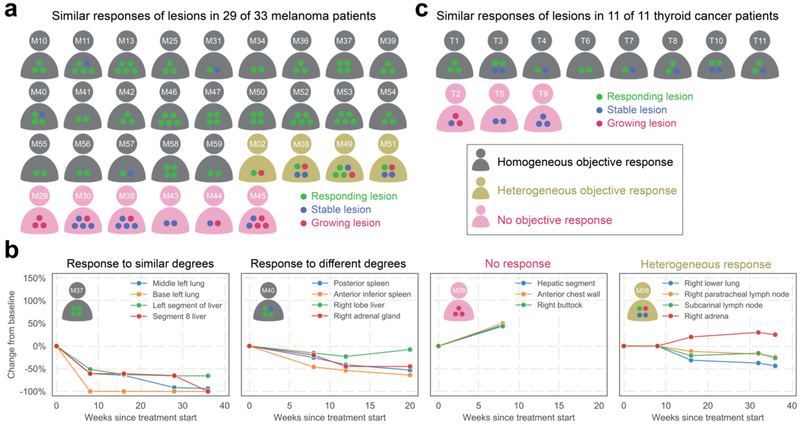Fig. 6: Lesions of individual patients respond similarly to targeted therapy.
Patients are represented by humanoid cartoons. Circles within the humanoids represent responding, stable, or growing lesions (green, blue, and red, respectively). A lesion was considered to respond if it shrank by at least 30% in diameter; a lesion was considered to grow if its diameter increased by at least 10%; and a lesion was considered to be stable if it did not grow by at least 10% or shrink by at least 30%. a | At least one lesion responded in 27 of 33 melanoma patients123,124. In 23 patients (gray humanoids), no lesion grew. In four patients (yellow humanoids), one of the lesions grew while the others responded, i.e., a heterogeneous response was observed. In six patients (red humanoids), no lesion responded. b | Examples of different types of responses to targeted therapy. All lesions responded in patient M37. One lesion responded less well than three other lesions in patient M40. None of the lesions responded in patient M29. One lesion responded, two lesions remained stable, and a fourth lesion grew in patient M08. c | At least on lesion responded in 8 of 11 thyroid cancer patients125. In eight patients (gray humanoids), no lesions grew. In three patients (red humanoids), no lesion responded. Additional information about these patients’ responses are provided in (Supplementary Tables S4–S5). In 91% (40/44) of the patients analyzed (with melanomas or thyroid cancers), all lesions responded similarly to targeted therapy.

